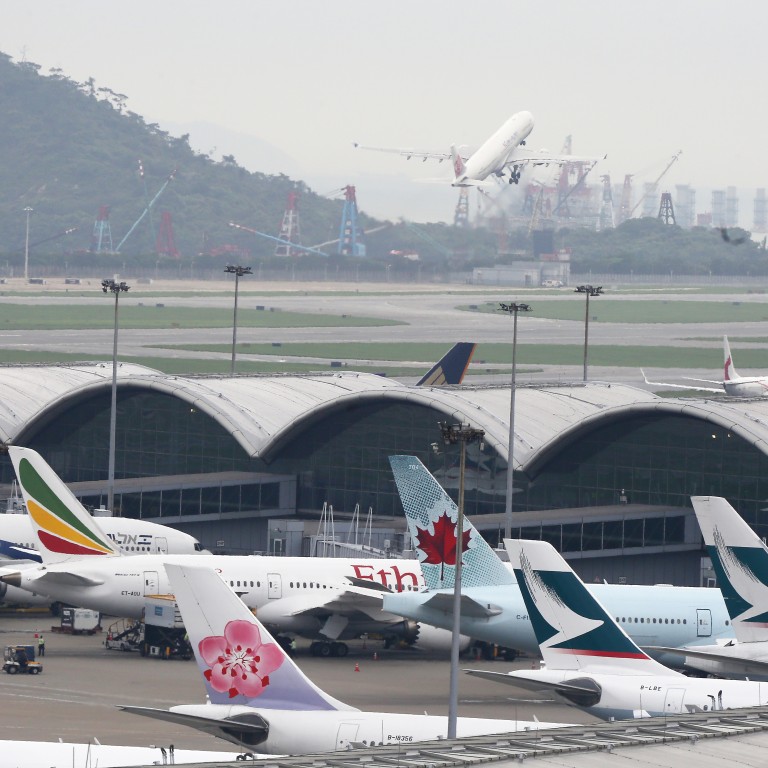
An increase in noise from Hong Kong International Airport is an inevitable price that must be paid
Noise pollution is inevitable for anyone living near an airport. It has always been a sensitive issue for Hong Kong, where limited land area and high-density housing have long meant tight restrictions on flight movements at night.
Noise pollution is inevitable for anyone living near an airport. It has always been a sensitive issue for Hong Kong, where limited land area and high-density housing have long meant tight restrictions on flight movements at night. But with Hong Kong International Airport's two runways fast approaching capacity and the earliest likely completion date of a third eight years away, it is unavoidable that for a time, more flights will have to be scheduled for later and earlier each day. Nearby residents and those living under flight paths have to understand the strains and be accepting of any proposed changes.
Saturation point for the runways is 68 flights an hour, which is expected to be reached next year. There is a possibility that with use of technology, this can be raised to 70, but that, too, will likely be only a short-term measure. The world's busiest single-runway airport, Gatwick in Britain, can handle up to 55 flights an hour, but it does not face the same challenges. Use of mainland air space is heavily restricted and the inability to operate around-the-clock means some traffic is turned away.
Those limits have made a third runway essential to meet the projected rise in air traffic that will accompany continued growth on the mainland and in the region. Last year, the airport handled 63.3 million passengers and 100 million are forecast for 2030. No airport in the world handles as much cargo traffic and amounts of freight are also predicted to balloon.
A two-year study will be carried out by the Airport Authority to look into the feasibility and impact of more night flights. Technology may lead to quieter aircraft and better sound-proofing techniques for housing, and there is always the possibility of an opening up of mainland air space. But the most likely scenario is more night flights, which are bound to face a measure of opposition. To reject this option will mean lost business and development opportunities for Hong Kong. There is every need for those living in Tung Chung, Ma Wan and elsewhere to see developments rationally.

